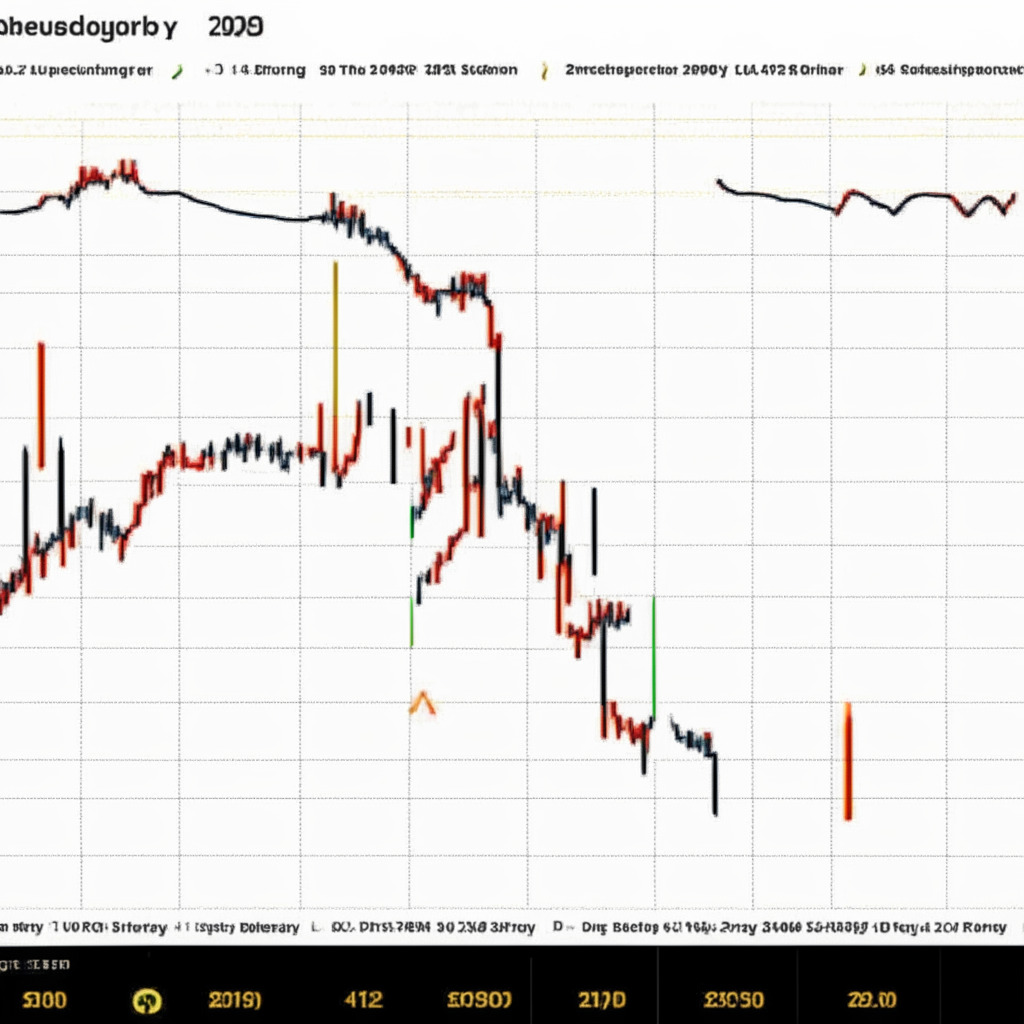In the volatility of cryptocurrency markets, Bitcoin took a slight dip last Friday, its price closing at $29,270 – a near 1% decline. Numerous elements contribute to BTC’s trajectory, with recent developments, such as Grayscale’s plea to the SEC and the Bank of Japan’s decisions on Yield Curve Management, having potential implications.
In a controversial move, Grayscale has asked the SEC to approve Bitcoin ETFs en masse rather than individually, thereby preventing any single entity from reaping undue benefits. Its appeal comes despite previous rejection by the SEC for a proposed spot Bitcoin exchange-traded fund. Pointing towards recent surveillance-sharing agreements between Coinbase and spot ETF providers, Grayscale contends such measures comply with SEC regulations. Grayscale’s argument – that Bitcoin’s future market aligns with existing Intermarket Surveillance Group standards – sets an intriguing premise, yet has so far been met with market apathy, reflecting a possible anticipation of the ETF scenario.
Amid this backdrop, Bitcoin’s price saw a brief downturn following news of the Bank of Japan mulling changes to Yield Curve Management. After an initial drop, the value of BTC/USD showed promising resilience, recovering most of the losses. The swift bounce-back underscores Bitcoin’s robustness amid potential interest rate hikes from the US and European Central Banks.
However, the release of Q2 GDP figures presented a fresh challenge. The strengthening of the US dollar, catalyzed by positive GDP data, appears to have impacted Bitcoin prices negatively, a trend not entirely offset by the Federal Reserve’s interest rate increase. This presupposes that weak support levels above $28,500 and the US dollar’s rise to its two-week high could affect Bitcoin negatively.
Subsequently, BTC prices have exhibited some support at the $28,850 level – a point seen in Doji and spinning top candles. At this juncture, overcoming the $29,500 hurdle would pave the way to attack the $30,000 territory, a significant psychological landmark. Should this occur, the next challenge lies at $30,350. Conversely, should BTC recourse below $28,850, the next bedrock is seen at $29,000, below which lies a potential plunge to $28,850.
The fast-paced, ever-fluid cryptocurrency landscape warrants constant vigilance. Our 2023 curated selection of top 15 cryptocurrencies is a reliable tool to stay updated in real-time. As ever, the rule of thumb is: Do your research. With the cryptocurrency market’s inherent volatility, strategic investment decisions are critical.
Source: Cryptonews




